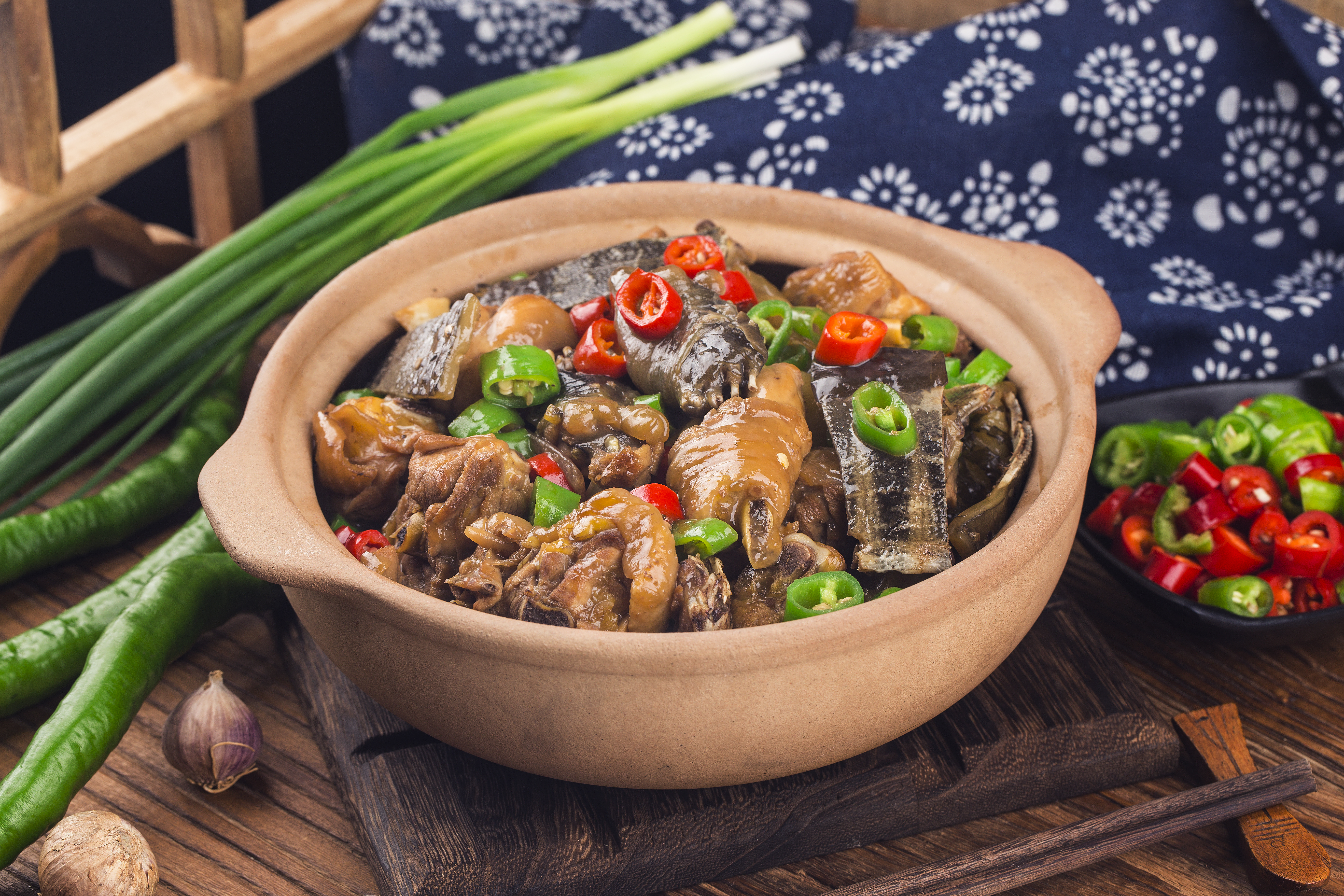
Top 10 Chinese Street Food You May Like to Try
China has a dizzying array of delicious dishes and is also blessed with a long and rich tradition of street food. You can find food establishments almost anywhere in the country. There’s so much food to try in China that you could stay there for years without wondering what to eat next. But don’t worry, we’ve made it easy for you! In this article, we’ll list the top 10 most popular Chinese street food to look for during your trip to this one-of-a-kind foodie’s paradise.
1. Dumplings (饺子 Jiǎozi)
This is one of the most common Chinese street foods. Chinese dumplings are usually stuffed with pork and cooked in towering piles of bamboo steamers. They’re rich, savory, and packed with flavor. A dish of piping hot Chinese soup dumplings with a little chili sauce offers a delicious way to sink into a relaxing escape.
Traditionally, jiǎozi are used to help people recover from winter illnesses. To this day, jiǎozi is a must-have dish at major family-bonding occasions, especially at the New Year’s Eve dinner.
See more: The Top 10 Popular Chinese New Year Activities.
2. Chinese tea eggs (茶叶蛋 Cháyè dàn)
The Chinese tea egg (also known as marble eggs) is another famous street food. They’re boiled eggs that have been cracked and soaked in a tea and soy mixture, thereby developing a distinctive mottled brown color and unique flavor. Chinese tea eggs deliver different flavors, depending on the tea: Tieguanyin (a variety of Chinese oolong tea), red tea, or black tea.
The Chinese tea egg is not only common Chinese street food – you can find these eggs anywhere in China, from street vendors to luxury restaurants. This is a great choice for anyone who can’t deal with other exotic Chinese dishes.
3. Fried rice (炒饭 Chǎo fàn)
Fried rice is one of China’s most well-known dishes from east to west. You can find fried rice almost everywhere in China, from street stalls to luxury Chinese restaurants.
To cook it, the chef will crack an egg into the wok first, then add rice, spring onions, followed by small pieces of beef (niúròu), chicken (jī), or pork (zhūròu). The final result is then poured into a bowl and served, steaming hot and undeniably delicious. As the rice is quite thick, you can enjoy this dish with chopsticks or a spoon.
4. Fried dough stick (油条 Yóutiáo)
Inviting golden deep-fried dough sticks is a great way to start the day in China. People in China, especially Shanghai, like to have these inviting, delicious fried dough sticks for breakfast. Fried dough sticks look like breadsticks but have a puffier texture.
Soy milk and rice or bean porridge are the perfect matches for this Chinese street food. You can see people holding fried dough sticks in one hand and a porridge spoon in the other, taking mouthfuls of each in turn at any small eatery. Some people like to dip their yóutiáo in a bowl of soy milk. You can even see people enjoying dough sticks with soup or noodles at some places.
5. Steamed buns (包子 Bāozī)
Steamed buns are a popular breakfast choice in China. Made from thick dough, bāozī has a fluffy yet heavier consistency than dumplings (jiǎozi) and feels as if you’re biting into a warm roll. It’s the fillings that liven up this otherwise plain bun. The fillings can be savory, like meat or vegetables, or sweet like red bean paste, custard, and sugary black sesame seed. While the bāozī is mostly prepped by steaming, you can also pan-fry it.
Depending on the part of China you’re staying in, bāozī can be served as a main meal or breakfast. One or two bāozī with a cup of hot soy milk or another drink of your choice helps you start the day right. You can also find them at any time of the day whenever you start feeling hungry.
6. Street barbecue (串儿 Chuan’r)
Street barbecue is now the most common Chinese street food. You can find it in nearly every city in China, but it’s especially popular in the north. You can even find a whole snack street full of tented shaokao stalls, where the vendors display raw meat and vegetables skewered on a small stick so that you can pick what you want to eat.
After that, the peddler barbecues the skewer on a long grill with heated charcoal, which delivers a delightful aroma. The peddler will brush sauce and cumin or other spices to the barbecue, and you can tell them how spicy you want it. Chinese beer and street barbecue are a perfect match at any time of year.
7. Stinky tofu (臭豆腐 Chòu dòufu)
This dish stands out among street food because of its strong, unique odor. Chòu dòufu is made from soybeans and is often grey, but as it ferments, white foam is formed, slowly changing its color. The vendor uses a small wok with plenty of hot oil to deep-fry the stinky tofu in and serves it in a paper bowl with green onions and parsley. You can spice it up by adding garlic paste, pepper, and sesame oil.
Like most street foods, stinky tofu is mostly found in lunch bars, night markets, and roadside stands. Although it’s a well-known Chinese street food, many people are unwilling to try it because of its odor and rancid spicy stench. Many reject it at first, but after tasting it, they fall in love with this exceptional food. In this way, Chòu dòufu is an acquired taste, like blue cheese.
See more: 10 Chinese Foods To Take You on a Tour Around China.
8. Braised chicken feet (鹵雞爪 Lu ji zhua)
Lu ji zhua is a typical Chinese street food that you will barely find in other countries. You may wonder why Chinese people love chickens’ feet. Reasons vary from reducing wastage of food, an appreciation for the texture of the food, to myths about its health benefit.
The feet are typically steamed or boiled with lotus roots or potatoes, seasoned with barbeque sauce, pickled chili, salted, or fried, but always spicy. It can be served either hot or cold, and in some Chinese restaurants, chicken feet are often served as an appetizer.
9. Candied haws (糖葫芦 Tánghúlu)
Here’s something for the sweet tooths. This Chinese street food originated from Northern China over 800 years ago, and now it appears in most of the cities in the country. Candied haws are mini candied fruits that have a hard, crystalizing coat. Candied haws are made of skewered fruits (grapes, hawthorns, berries) and even nuts doused in sugar syrup before letting cool. The fruits come in a hard, crystalizing coat and deliver sweet and tart flavors.
You’ll need to crunch through the sugar coating first to get to the sweet explosion of fruits inside. Candied haws have a distinctive, lingering smell and sweet, tart flavors, which are believed to help with digestion problems.
10. Street hot pot (麻辣烫 Malatang)
Hotpot (Malatang) is a popular kind of Chinese’s local fondue in the winter season. It’s hot and spicy and has diverse ingredients, including skewed meat, meatballs, noodles, tofu, and vegetables cooked in a spicy broth.
Here’s a typical Chinese street food experience that you shouldn’t miss: sitting by a bubbling cauldron of spicy soup and picking out sticks of food cooking in it. Then, get a filling bite while chatting with the locals. Then when you finish your meal, you count up the number of sticks in front of you to work out the bill.
Note: Chinese street food tips
There are many more delectable Chinese street foods waiting for you to discover. But before you immerse yourself in those delicious tastes, it’s a good idea to mind the following tips:
- Don’t try too many different street foods at one time to avoid indigestion if your stomach is not used to them.
- Ask the vendor for the ingredients of each food, and avoid those you have allergies, intolerances, or sensitivities.
- Only eat street barbecue if the food is well-done.
- Keep the streets clean by putting disposable bowls, chopsticks, etc., in a trashcan after you finish eating.
The bottom line
China offers some of the most delicious food imaginable, but some of them might also be a little strange for Western palates. The best advice is just to jump in and try as much of it as you can while you’re there. That way, though you might not love everything that passes your lips, you’ll still have plenty of culinary experiences to share.
If you’re planning a trip to China, don’t forget to sign up for Pandanese and subscribe to the Pandanese blog! Pandanese is a web-based Mandarin-leaning platform that enables users to learn more than 6,000 Chinese characters in a year, dividing into three main learning purposes: school, business, and travel. Pandanese‘s one-of-a-kind curriculum uses the Spaced Repetition Learning Systems, offering clear and comprehensive Chinese flashcards to help users master the language faster than ever before! Additionally, the Pandanese blog provides you with interesting Chinese cultural facts and helpful information to start a trip to China or build a business connection with the Chinese people.
Sign up for Pandanese today and start learning for free!
The easiest way to learn Chinese & build vocabulary

